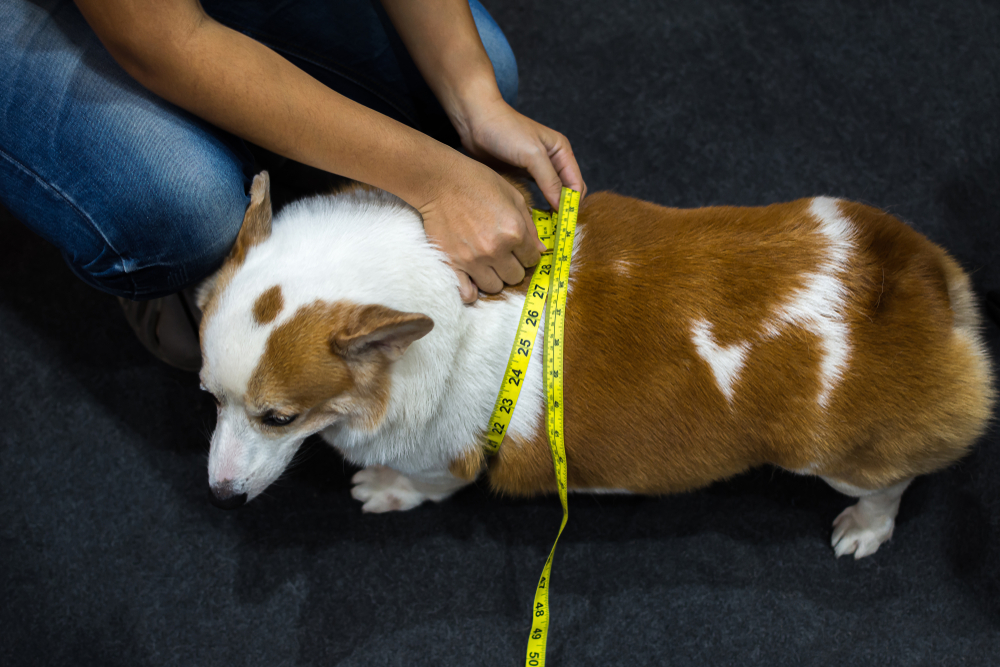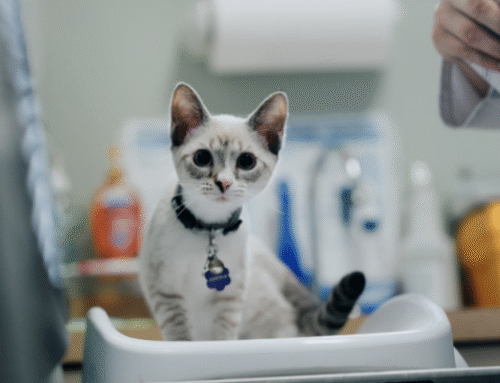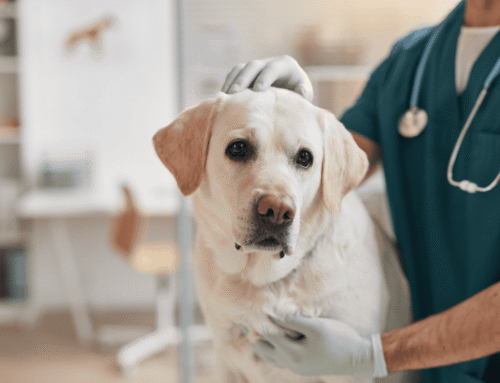Physical rehabilitation is a relatively new specialty in the veterinary world. This pet treatment modality is similar to human physical therapy and focuses on improving the pet’s wellbeing by managing pain, increasing mobility, and building strength.
While veterinary rehabilitation can be implemented for a wide range of conditions, one of its most important applications is management of obesity and arthritis—two of the most common issues that affect pets. If your pet is not all fluff, or they have difficulty moving, veterinary rehabilitation can provide a multitude of benefits.
Obesity and arthritis: A vicious cycle
According to the Association for Pet Obesity Prevention, more than half the American pet population are weighed down with extra baggage, with 59% of dogs and 61% of cats classified as overweight or obese in 2022. In general, obesity is the result of an imbalance between calorie intake and usage, but the issue can be more complicated if concurrent health problems are at play. For example, pets with hypothyroidism and Cushing’s disease can have difficulty losing weight.
Obese pets are at an increased risk for numerous health problems, including:
- Diabetes
- Joint issues
- Kidney disease
- Heart disease
- Liver dysfunction
- Skin and urinary tract infections
- Heatstroke
- Anesthetic complications
- Some cancers
Obesity can lead to joint issues like arthritis, but this inflammatory joint condition can occur for a multitude of other reasons, such as anatomical abnormalities, injuries, or normal wear and tear. Arthritis is a progressive condition where joint cartilage degrades over time until the bones grind together, causing pain and impaired mobility. Arthritis, like obesity, can affect pets of all ages but is more common in older pets.
Obesity and arthritis often go paw-in-paw, as excess weight increases the strain on joints, which exacerbates arthritis discomfort and hastens joint degeneration. Then, the too-large pet cannot be active enough to burn calories and shed weight, and their weight gain continues.
7 benefits of veterinary physical rehabilitation for pets
Veterinary physical rehabilitation benefits are innumerable, but we list seven of the top perks for your overweight, arthritic pet:
- Pain management — One of the primary goals of veterinary rehabilitation is pain reduction. Techniques like laser therapy and acupuncture reduce the pet’s inflammation and pain. Then, as their joint inflammation improves and the pain eases, an overweight pet can be more active.
- Weight management — Your pet needs to lose weight safely and effectively. Our Safe Harbor Animal Hospital team will formulate a diet and exercise plan that includes veterinary rehabilitation to help your furry pal safely shed extra pounds through a variety of low-impact exercises.
- Improved mobility — Pets with arthritis become stiff and uncomfortable, and walking, jumping, playing, or bending normally can be difficult. But, gentle therapy that doesn’t overtax already burdened joints will soon have your furry pal acting like their much younger self.
- Increased strength and stamina — The adage “Use it or lose it” is particularly true about overweight, arthritic pets. As their pain and weight gain cycle continues, the pet becomes less and less active, losing valuable muscle mass and stamina. With regular veterinary rehabilitation, overweight pets shed pounds, maintain strong muscles and joints, increase their endurance, and can exercise more effectively.
- Improved flexibility — If you suffer from arthritis, you know that you are stiff when you wake up in the morning, and you may take a while to move normally, yet your range of motion is severely limited until you do. Your arthritic pet is the same way, but gentle stretches and range of motion exercises can improve their flexibility and soothe stiff joints. Then, as their flexibility improves, they can better perform normal tasks, like posturing to eliminate, stretching to groom, or curling up to rest comfortably.
- Longer life span — Pets who are physically active and maintain a lean body weight are proven to live two years longer than their heavier counterparts. Veterinary rehabilitation can be used not only to help an overweight, arthritic pet lose weight and stay mobile, but also as a prophylactic therapy to prevent these conditions.
- Better quality of life — Pets who are too heavy and sore cannot move comfortably and take part in daily activities, and their quality of life is decreased. They may become depressed and irritable, unable or unwilling to be part of the family. Additionally, chronic pain can take a serious mental toll on their emotional wellbeing. But, your pet will look forward to their regular veterinary rehabilitation sessions—especially all the (healthy) treats and praise they receive—as they journey toward better health for years to come.
Is your pet a good candidate for veterinary physical rehabilitation for their arthritis or obesity, or another condition? Call or book an appointment online with our Safe Harbor Animal Hospital team.









Leave A Comment